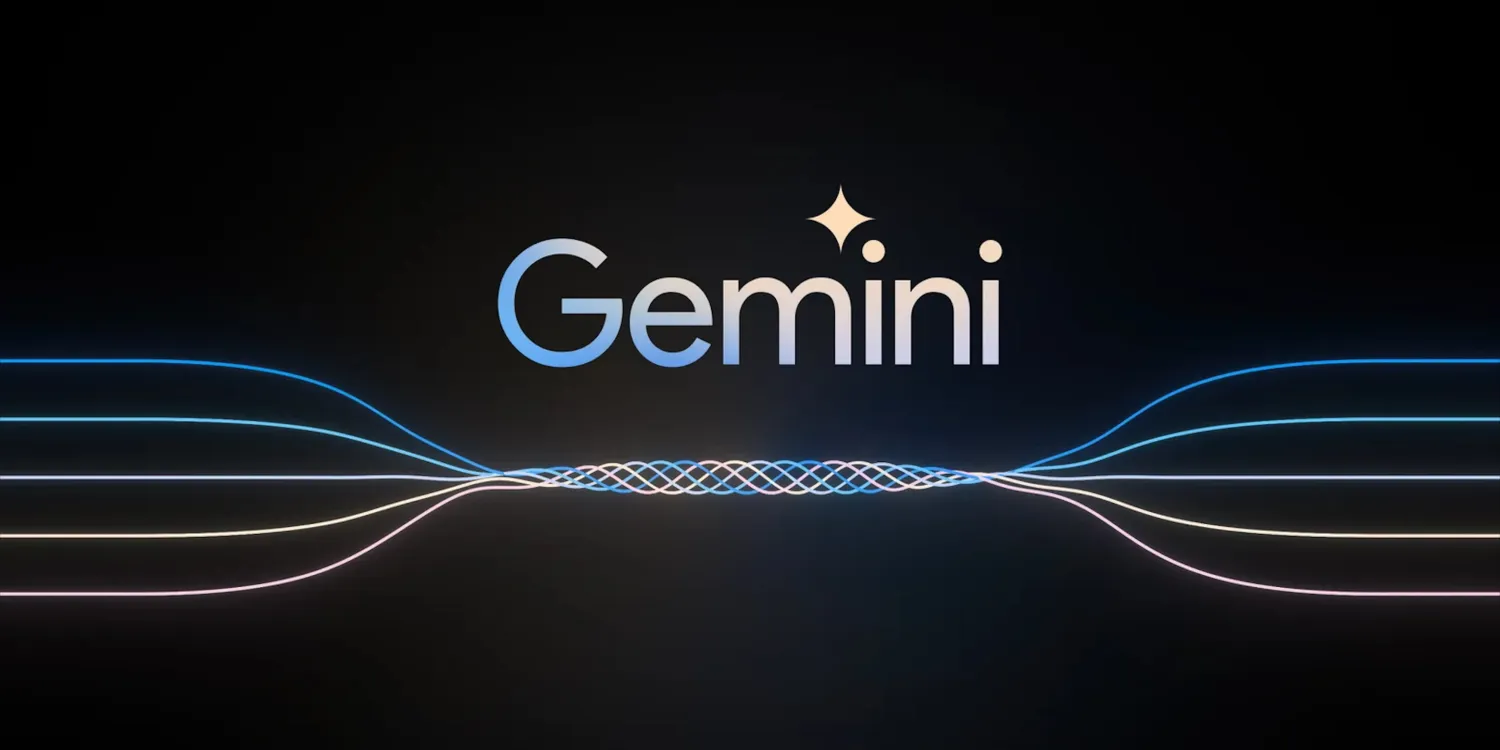On September 6, 2025, Microsoft reported that its Azure cloud services experienced increased latency due to multiple undersea fiber optic cable cuts in the Red Sea. These disruptions have significantly impacted internet connectivity across several countries in Asia and the Middle East, including India, Pakistan, Saudi Arabia, Kuwait, and the United Arab Emirates.
Extent of the Disruption
The undersea cable cuts have affected major submarine cable systems such as SEA-ME-WE 4, IMEWE, and FALCON GCX, which are crucial for global internet traffic between Europe, Asia, and the Middle East. The damage has led to slower internet speeds and increased latency for users in the affected regions. Microsoft’s Azure cloud platform, the world’s second-largest cloud provider after Amazon’s AWS, has been particularly impacted, with users experiencing service disruptions on traffic routes through the Middle East. To mitigate the impact, Microsoft has rerouted network traffic through alternative paths, though this has resulted in higher-than-normal latencies. The company has assured users that network traffic not traversing through the Middle East remains unaffected. ([reuters.com](https://www.reuters.com/world/middle-east/microsoft-says-azure-cloud-service-disrupted-by-fiber-cuts-red-sea-2025-09-06/?utm_source=openai))
Potential Causes and Historical Context
The exact cause of the cable damage remains unclear. However, the Red Sea is a critical route for global internet connectivity, with many subsea cables running through its shallow waters. These cables carry about 17% of the world’s internet traffic, linking Europe and Asia. The region has a history of undersea cable disruptions, often attributed to anchors from commercial vessels or deliberate acts. The ongoing geopolitical instability in the area has raised concerns about possible targeted attacks on critical infrastructure. ([moneycontrol.com](https://www.moneycontrol.com/news/business/red-sea-cable-cuts-cripple-microsoft-azure-disrupt-17-of-global-internet-traffic-13526622.html?utm_source=openai))
Microsoft’s Response and Mitigation Efforts
In response to the disruptions, Microsoft has been actively managing network traffic to minimize the impact on users. The company has rerouted traffic via alternate network paths, resulting in higher-than-normal latency. Microsoft has emphasized that it is continuously monitoring, rebalancing, and optimizing routing to reduce customer impact. The company has pledged to provide daily updates on the situation, with more frequent communications if conditions change. ([cnbc.com](https://www.cnbc.com/2025/09/06/microsoft-azure-cloud-computing-service-disrupted-red-sea-fiber-cuts.html?utm_source=openai))
Broader Implications
The undersea cable cuts have broader implications beyond Microsoft’s Azure services. Internet monitoring group NetBlocks reported widespread service degradation across several countries, including India, Pakistan, and the United Arab Emirates. Local telecommunications companies have warned users of potential service degradation during peak hours. This incident highlights the vulnerability of global digital infrastructure and the potential for cascading effects on both business and consumer services when critical undersea cables are disrupted. ([datacenterdynamics.com](https://www.datacenterdynamics.com/en/news/multiple-subsea-cables-cut-in-the-red-sea-impacting-internet-traffic-in-middle-east-and-south-asia/?utm_source=openai))
Conclusion
The recent undersea cable cuts in the Red Sea have underscored the fragility of global internet connectivity and the significant impact such disruptions can have on cloud services like Microsoft Azure. While Microsoft has taken steps to mitigate the impact, users in affected regions may continue to experience increased latency until repairs are completed. The incident serves as a reminder of the importance of maintaining and protecting critical digital infrastructure in an increasingly connected world.



